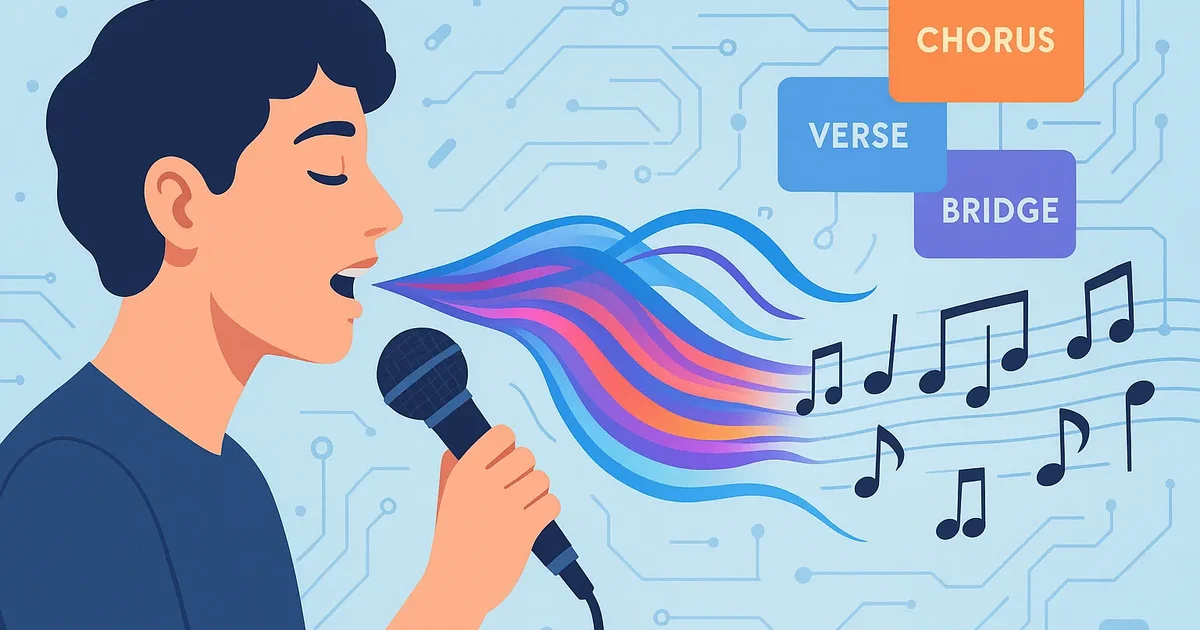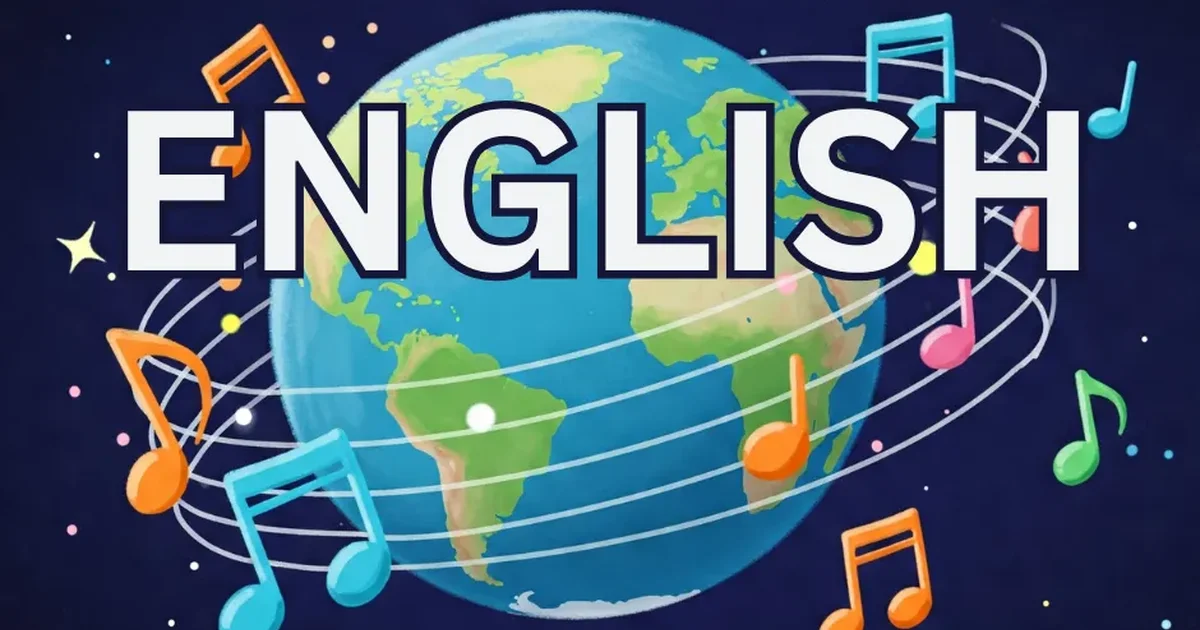AI Chorus Writing Tool - Create Catchy Hooks That Stick

The chorus is the heart of any great song—it’s the part listeners remember, sing along to, and can’t get out of their heads. But crafting a compelling chorus that captures emotion while maintaining perfect structure can be one of the biggest challenges in songwriting.
We’ve found that voice technology can transform how you approach chorus writing by capturing not just your words, but the emotional intensity and rhythm that makes choruses unforgettable.
The Perfect Prompt for Chorus Writing
Here’s the exact approach we recommend for creating powerful choruses:
Voice Input: “Create an uplifting pop chorus about overcoming challenges, with a strong melodic hook and empowering message that builds energy”
Speaking Tips:
- Start with the emotional core you want to convey
- Mention the energy level (building, explosive, intimate)
- Include the musical style for better structure
- Describe the feeling you want listeners to experience
Example Output
Here’s what Lyric Genie generated using this approach:
[Chorus]
I'm rising up, breaking through the storm
Every step I take makes me feel more strong
Nothing's gonna stop me now, I'm moving on
Rising up, rising up, until the dawnTitle: “Rising Storm”
Style Includes: Uplifting pop, strong vocal melody, building energy, empowering lyrics Style Excludes: Sad themes, slow tempo, complex harmonies
This chorus works because it combines emotional resonance with structural elements—repetition of “rising up,” strong rhyme scheme, and clear imagery that listeners can connect with.
Advanced Chorus Writing Techniques
Hook Writing Strategy
The most memorable choruses center around a powerful hook. When speaking your idea, emphasize the core phrase or concept that should repeat. Our intelligent systems recognize vocal emphasis and build the chorus structure around these key moments.
Emotional Lyrics Development
Great choruses balance universal themes with specific imagery. Instead of saying “write a sad chorus,” try “create a chorus about missing someone during late-night drives, with nostalgic but hopeful feeling.” This gives the voice technology concrete emotional context to work with.
Song Structure Integration
Effective choruses connect seamlessly with verses and bridges. When generating your chorus, mention how it should relate to the rest of your song: “Create a chorus that answers the question posed in the verses” or “Build a chorus that contrasts with intimate verses.”
Refining Your Chorus
Once you have your initial chorus, use these techniques to polish it:
Lyric Flow Optimization
Read your chorus aloud and listen for natural speech patterns. Our editing tools can help adjust phrasing to match how people actually speak and sing.
Rhythmic Enhancement
Pay attention to stressed syllables and how they align with the natural musical emphasis. Voice input captures your natural rhythm, which often creates more singable results than text-based approaches.
Emotional Depth
Layer multiple emotions into your chorus. A love song might include excitement, vulnerability, and determination all within the same section.
Getting Started with Voice-First Chorus Writing
- Speak Your Core Message: Start by simply stating what your chorus should communicate
- Add Emotional Context: Describe the feeling, not just the content
- Include Style References: Mention musical elements that will guide structure
- Generate and Refine: Use our editing tools to perfect the flow and impact
The beauty of voice-first chorus writing is how it captures the natural rhythm and emphasis that makes choruses memorable. When you speak with genuine emotion, that authenticity translates directly into lyrics that connect with listeners.

